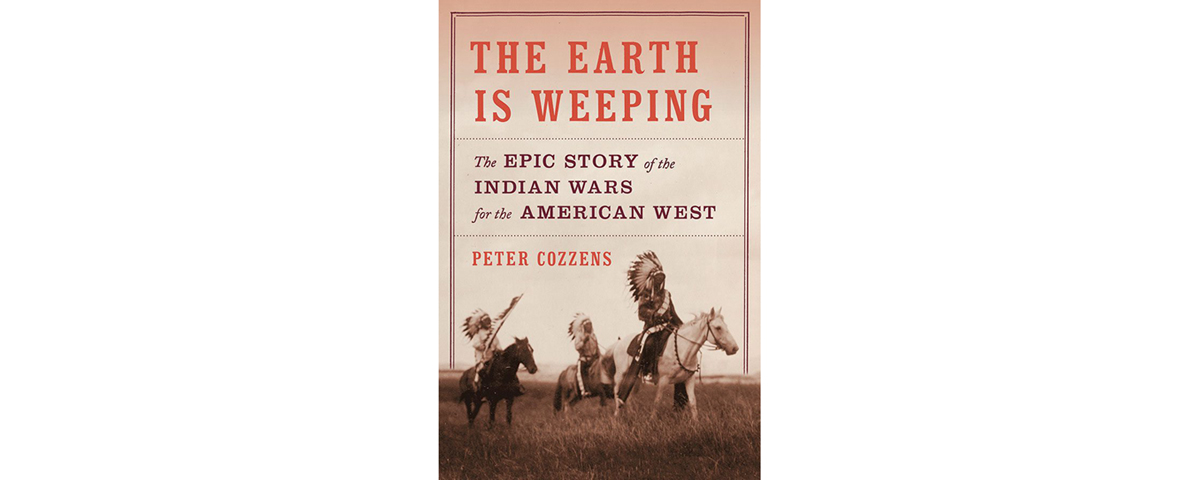The Earth Is Weeping: The Epic Story of the Indian Wars for the American West, by Peter Cozzens, Alfred A. Knopf, New York, 2016, $35
This sweeping narrative gives one plenty of reason to weep, considering the misjudgments, confusion, delusions and loss of life that occurred on the 19th-century frontier. The tragedy at Wounded Knee in 1890 marked the end of these wars, if not the end of American Indians’ traditional way of life. In subsequent decades most of America came to view the brave Indian fighters and equally courageous settlers as heroic. By the 1970s, though, many people viewed the whites as conquerors, even villains, and the Indians as victims—thanks in no small part to Dee Brown’s influential Bury My Heart at Wounded Knee. That elegantly written book served its purpose but made no attempt at historical balance, Peter Cozzens contends. “Although massacres occurred and treaties were broken,” he adds, “the federal government never contemplated genocide.” In his exceptional book Cozzens in no way ignores injustices done to Indians, but he insists we not ignore the white perspective, either. In short, the author achieves what he set out to do—bringing historical balance to the story of the Indian wars.
Cozzens covers lots of ground, much of it bloody, thus he skips lightly over certain events, but in doing so he doesn’t gloss over anything. Even when he treads familiar ground—Red Cloud’s War, the Battle of the Little Bighorn, the Nez Perce flight and fight, the epic pursuit of Geronimo, Wounded Knee, etc.—he relates all in surprisingly fresh and insightful fashion. One of his major points is that Western Indians never united to oppose the white “invaders” but continued to make war on one another, as they had done for centuries. Indian tribes such as the Shoshones, Crows and Pawnees—all of whom had been victimized by stronger tribes—cast their lot with the American soldiers, while Apaches scouted for the Army to catch other Apaches, and Lakotas often bickered with one another (as did American generals).
Cozzens’ even-handed account of the Ghost Dance, the bloodshed at Wounded Knee and the aftermath is most welcome. The author notes that Maj. Gen. Nelson Miles, who was furious about what soldiers had done to Chief Big Foot and his people (including women and children), had earlier given orders that precipitated the bloodbath. An Indian (accidental or not) most likely fired the first shot on the council ground, and in the initial phase of the clash (lasting less than 10 minutes) casualties included some 60 warriors and 30 troopers. The firing of the Hotchkiss guns and slaughter of Lakota noncombatants came after that. One captain later claimed it had been impossible to distinguish warriors from women, “all of whom seemed to be firing.” He was probably telling the truth, Cozzens says, but the end result was pure tragedy, as “very few of Big Foot’s band emerged from Wounded Knee unscathed.” The author’s sorrowful summary of that event and the Indian wars in general: “The Indians who had gone to war against the government had usually done so reluctantly, and they had lost their land and their way of life anyway.”
—Editor





